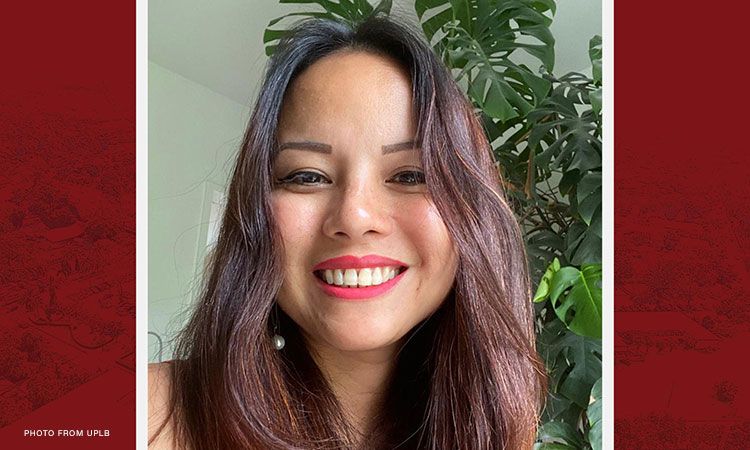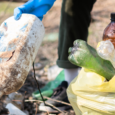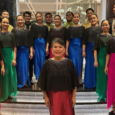Catharine Aquino-Fournier, an alumna of the University of the Philippines, Los Baños, is leading the development of the HiDRA-seq at the Functional Genomic Center Zurich (FGCZ). It is a mass-testing technology that is considered a breakthrough for the COVID-19 pandemic.
(Over 200 scientists worldwide claim COVID-19 to be airborne)
The UPLB grad with a bachelor’s degree in biology and master’s degrees in genetics is the group leader of the application at FGCZ. FGCZ is a core facility of the University of Zurich and the Swiss Federal Institute of Technology.
Aquino-Fournier explained in an interview with UPLB’s campus-based internet radio program that the HiDRA-seq detects the novel coronavirus using Next Generation Sequencing (NGS), a state-of-the-art DNA sequencing technology.
The NGS technology is used to determine the DNA sequence or fingerprint of a cell or an organism and can analyze billions of DNA fragments from a cell in just a few hours.
Aquino-Fournier likened the method with the real-time reverse transcription-polymerase chain reaction (rRT–PCR), save for the need to extract genetic material. Removing the step of genetic extraction leads to a decrease in processing time.
“The difference is that [while] in rRT-PCR, the output is a fluorescent intensity, in our test, the output is COVID-specific sequences. Since we have the sequences, we can determine the strain of the virus depending on the mutations that we find,” Aquino-Fournier explained.
“In the technology we developed, we are trying to skip the part of extracting the genetic material and get it straight from saliva, or gargles, or directly from the swab.”
Additionally, the HiDRA-seq method has a built-in contact tracing functionality.
The team behind the technology disclaimed that while the method is not necessarily geared towards diagnostic purposes, the results so far show that it can be complementary towards the currently established diagnostic methods.
“Since there is a shortage of materials used for rRT–PCR, we tried to come up with a technique to not affect their supply,” Aquino-Fournier added.
She clarified that the method is not yet 100% accurate with a 10% chance of yielding wrong results, as is the case with other COVID-19 tests.
What do you think about this?
Do you have a story for the WhenInManila.com Team? Email us at story.wheninmanila@gmail.com or send us a direct message at WhenInManila.com Facebook Page. Interact with the team and join the WhenInManila.com Community at WIM Squad! Join our Viber group to be updated with the latest news!





